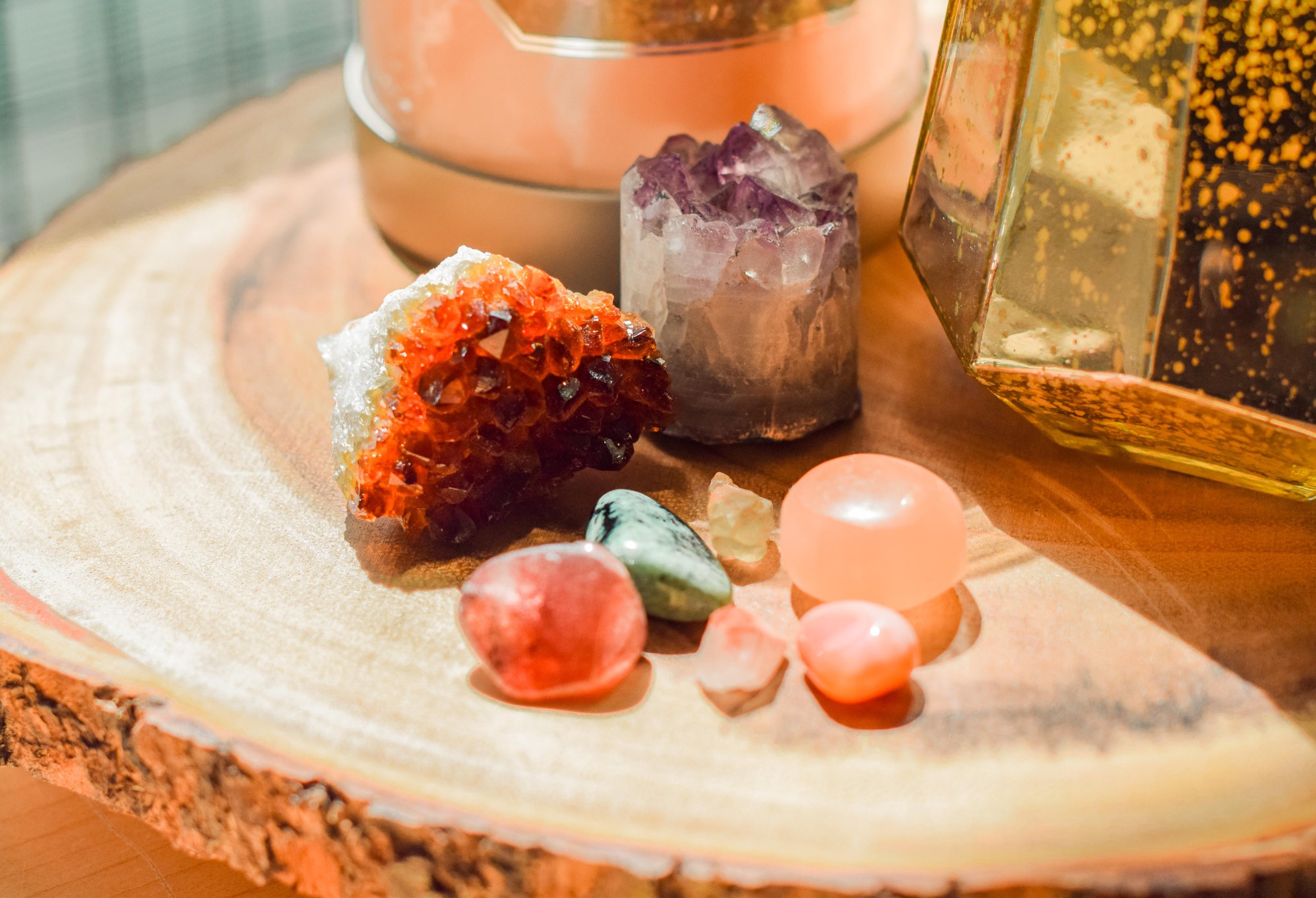You may be wondering what Winter Solstice actually is? It’s the moment when the North Pole is tilted furthest away from the Sun, therefore we are exposed to the least amount of sunlight and the biggest amount of darkness. This planetary situation has a direct impact on our bodies, minds and general wellbeing, regardless whether we’re aware of it or not.
1. Connect with the universal flow
Consciously approaching Winter Solstice is little bit like driving a car and being aware of the road signs so we know that soon we have to slow down because we’re coming to a junction. We would be probably ok without the warning but may need to be more careful or break really fast. It’s much easier to navigate our inner landscape with the natural rhythms of nature. When we are approaching Winter Solstice consciously we know that there’s very little light available to us, it’s the time of going inward, slowing down and cultivating our inner light. Naturally, we may be feeling a bit down or sluggish and want to hide under warm blanket with a cup of tea. Having this awareness we can let ourselves do that with much more compassion and self-love. It’s called self-care not laziness. The more I listen to my body and connect with the natural rhythms of nature, the more peaceful, healthy and harmonious my life seems to be. It’s about going with the flow of the Universe not against it.
2. Hope
Let’s face it, it’s dark, cold and going outside doesn’t appeal but deep inside we know that Spring is on its way and it will be beautiful again soon. Hope keeps us going. Similarly whatever darkness we may be facing in our lives we must accept it for what it is, feel it fully and in the same time pray and hope that things will change and the light will shine again soon. Let’s be grateful for the darkness as it helps us to appreciate the light even more. In the midst of dark, cold Winter we sometimes feel that it will never end but finding hope in our hearts will see us through. This too shall pass…
3. Slow down
During Winter Solstice energies are low, even animals hibernate, so it’s not time to go out most nights and run around shopping malls. It’s the time to slow down, listen, go within and enjoy the silence. There will be time for making our goals and dreams come true but now it’s time of slowing down and going inwards to generate energy for the new season. Take time off this festive season and enjoy doing nothing, snuggling up, watching movies and resting.
4. Re-new yourself
The main reason for slowing down is gathering strength and energy for the new phase of the year. We can’t expect different results next year if we start with the same energy we always had. When we stop, nurture our inner space and raise our vibration in this potent time of the Solstice we renew ourselves to start new. It’s the re-birthing of the Sun and we can re-birth ourselves too, it’s our choice and creativity. Nobody can do it for us. Will you take this opportunity?
5. Enjoy your inner light
Realistically there’s a certain amount of light available to us this time of the year. So trying to chase more light is pointless. This is when we turn inward and cherish the light we have inside. And the more we nurture our sacred space and more it nurtures us. It’s not available only to some special people, it’s available for everybody. All we have to do is to connect with our inner light and cultivate this relationship.
So there you have it, a small guide into Winter Solstice. If you would like to celebrate Winter Solstice with like-minded people and really feel its power come and join us on the 21st of December online or on the 22nd of December in Manchester.
I’m wishing you lots of awareness, self-compassion and gentleness during this festive time.






